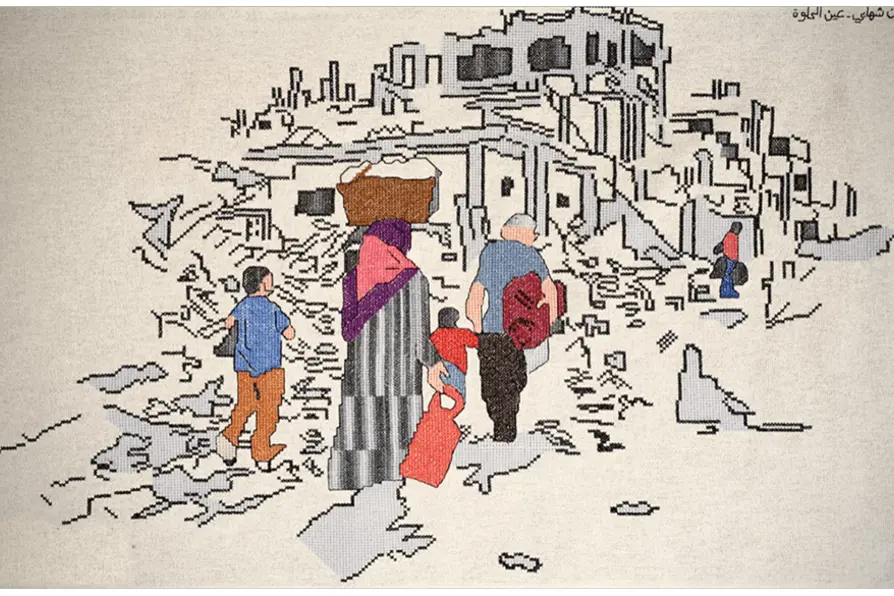CHRIS SEARLE welcomes a new book that makes working class history come alive in a true story of human flesh and aspiration
Gazing at Gaza
MARJORIE MAYO recommends an exhibition that asserts Palestinian history, culture and creativity in the face of strategies to erase them

 A panel from the Palestinian History Tapestry
[Courtesy of P21 Gallery]
A panel from the Palestinian History Tapestry
[Courtesy of P21 Gallery] Art of Palestine: from the river to the sea
P21 Gallery, London
THE Art of Palestine: From The River To The Sea showcases a unique collection of Palestinian paintings, sculptures, photographs, installations and drawings by Palestinian children, along with a series of tapestries, sharing the culture, heritage and struggles of the Palestinian people.
Similar stories

This is poetry in paint, spectacular but never spectacle for its own sake, writes JAN WOOLF

ANDY HEDGECOCK relishes two exhibitions that blur the boundaries between art and community engagement

The Morning Star sorts the good eggs from the rotten scoundrels of the year

TOMASZ PIERSCIONEK relishes a collection of cartoons that focus on Palestine from the period 1917 to 1948










